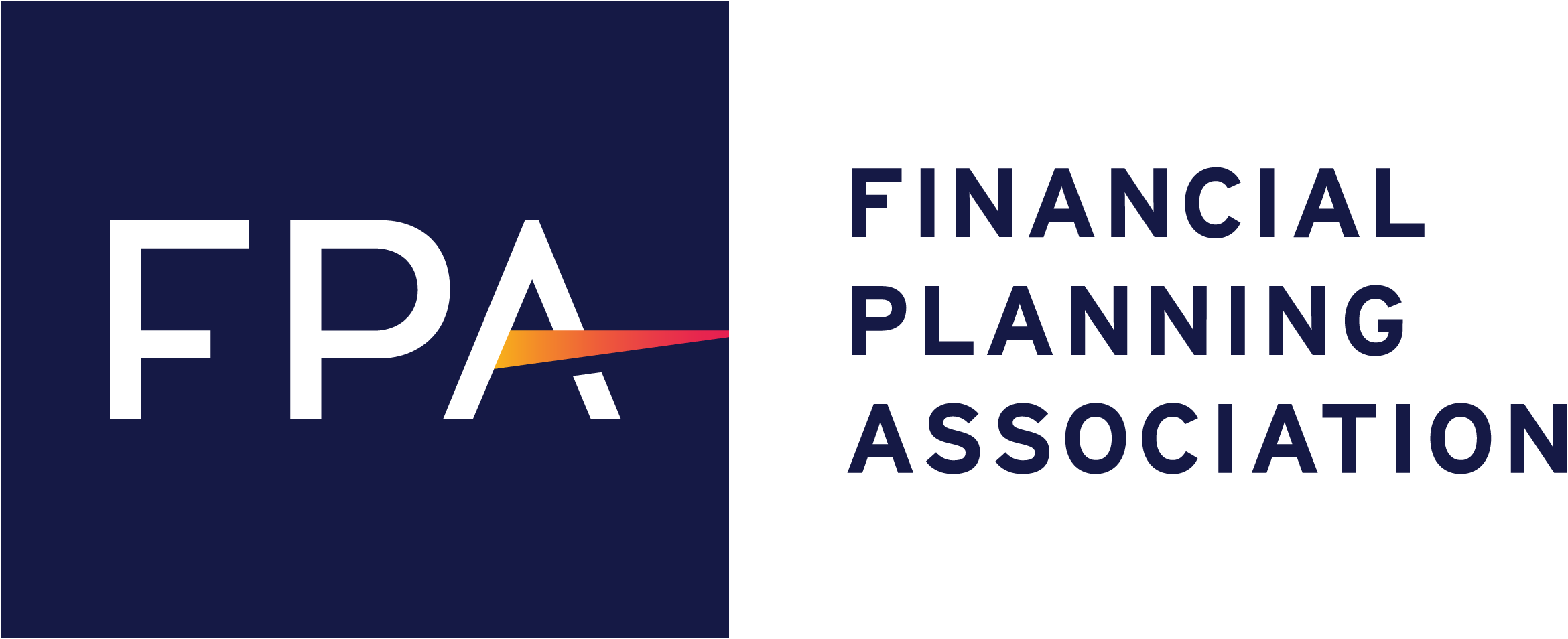SECURE Act 2.0: A Summary of What’s In It for You
- Financial Planning
- Tax Planning

As part of the $1.7 trillion omnibus spending bill passed by Congress at the end of 2022, the Setting Every Community Up for Retirement Enhancement (SECURE) Act 2.0 was signed into law on December 29. While SECURE ACT 1.0, passed in 2019, had only a dozen new provisions, SECURE ACT 2.0, which expands upon the 2019 law, has over 100.
Here’s a summary of some of the most important changes and how they could affect your retirement planning.
1. New Catch-Up Contribution Opportunities. Starting In 2024, the IRA catch-up provision for persons age 50 and older will be indexed for inflation. Up to now, it has been a flat amount for each year ($1,000 for individuals, 2015–23), but starting in 2024, the amount will go up each year by the same amount as the annual inflation rate. The limit for 2023 including the catch-up contribution limit is $7,500.
And starting in 2025, the catch-up limit increases for 401(k) plan participants aged 60–63. It will likely be the greater of $10,000 or 150% of the “standard” catch-up contribution for persons age 50–60 (currently $7,500). Catch-up contribution limits for 401(k)s will also be indexed for inflation. However, recently attention has been called to a lack of clarity in the language of the bill for catch-up contributions exceeding $10,000, so it is possible that $10,000 could be the maximum catch-up contribution available.
In 2025, the maximum catch-up for SIMPLE plan participants aged 60–63 is the greater of $5,000 or 150% of the standard catch-up contribution for persons 50–60 (currently $3,500).
2. Roth Catch-Up Contribution Requirements. Starting in 2026, High Wage Earners (those earning $145,000 or more annually) will be required to make catch-up contributions in 401(k) plans under Roth rules (after-tax). In other words, the contribution will not be tax-deductible, but the growth in the account will be tax-free, and qualified retirement withdrawals attributable to Roth contributions will also be tax-free. Further, Roth contributions do not have required minimum distributions (RMDs). Note that this provision applies only to employees who receive a W2 from their employer. For example, sole proprietors can continue to make pre-tax (traditional) catch-up contributions.
3. Delayed RMD Start Age. For all qualified traditional (non-Roth) retirement plans, the age at which many participants must begin making withdrawals from their accounts is being increased. No change applies to those born prior to 1951. For those born between 1951–1959, RMDs are not required until age 73, previously age 72. For those born in 1960 or later, RMDs are pushed back to age 75.
4. Impact on Inherited Spousal IRAs. Starting in 2024, spousal beneficiaries can elect to be treated as the decedent after inheriting a retirement account, and RMDs can be delayed until the deceased spouse’s RMD age. Once the decedent would have reached RMD age, distributions will be based on the Uniform Lifetime Table instead of the Single Lifetime Table. If the surviving spouse elects to delay distributions until the original spouse’s RMD age, but dies before RMDs begin, the spouse’s beneficiaries are treated as the original spousal beneficiary.
5. Qualified Charitable Distribution Update. Beginning in 2024, the maximum qualified charitable distribution (QCD) amount (currently $100,000) will be indexed for inflation. Beginning in 2023, QCDs can be used to fund a split interest entity (an attribute of some charitable remainder trusts, charitable remainder unitrusts, or charitable gift annuities). The maximum that may be given as a QCD to a split-interest entity is $50,000. QCD eligibility age remains at 70.5.
6. 529 Plan-to-Roth IRA Account Transferability. Starting in 2024, beneficiaries have the ability to transfer up to $35,000 from a 529 plan to a Roth IRA. Stipulations include that the Roth IRA must be in the name of the beneficiary of the 529 plan and that the 529 plan must have been maintained for 15 years or longer. Further, any contributions to the 529 plan within the last 5 years and earnings on those contributions are ineligible to be moved to a Roth IRA. The annual limit for how much can be moved from a 529 plan to a Roth IRA is the IRA contribution limit for the year (currently $6,500) less any regular traditional IRA or Roth IRA contributions that are made for the year. A maximum of $35,000 can be moved during the individual’s lifetime. This provision is aimed at allowing persons who may have excess balances in an education savings account to transfer a portion of those balances to retirement savings.
7. Proposed RMD Penalty Adjustment. Formerly, the penalty for failing to take the correct amount as an RMD from a qualified retirement account by the IRS deadline was 50% of the difference between the amount taken and the correct amount. SECURE 2.0 lowers this penalty to 25%. Further, If the shortfall is corrected within a certain window of time (still to be determined at this writing), the penalty drops to 10%.
8. Roth-Associates Provisions, or “Rothification.” Currently, contributions to SIMPLE IRAs (plans that allow small employers to contribute to employee IRAs) and SEP (Simplified Employee Pension) IRAs and 401(k)s are required to be made to traditional (pre-tax) accounts. SECURE 2.0 provides for the creation of SIMPLE Roth IRAs and SEP Roth IRAs, to which after-tax employer contributions may be made. Additionally, SECURE 2.0 eliminates RMDs for Roth 401(k)s, starting in 2024. This aligns Roth 401(k)s with Roth IRAs, which also have no RMDs.
9. Deadline to Open Solo 401k. Under SECURE 2.0, the deadline to open a Solo 401k is now the tax filing deadline, as opposed to the previous deadline of December 31.
At Quantum Financial Advisors, we are driven by providing guidance delivered with our clients’ best interest in mind. That’s why we aim to provide you with the most current information possible, so you can make informed decisions about all your important financial goals. To learn more, click here to read our article, “How to be Financially Confident in 2023.”
DISCLOSURE: Quantum Financial Advisors, LLC is an SEC registered investment adviser. SEC registration does not constitute an endorsement of Quantum Financial Advisors, LLC by the SEC nor does it indicate that Quantum Financial Advisors, LLC has attained a particular level of skill or ability. This material prepared by Quantum Financial Advisors, LLC is for informational purposes only and is accurate as of the date it was prepared. It is not intended to serve as a substitute for personalized investment advice or as a recommendation or solicitation of any particular security, strategy or investment product. Advisory services are only offered to clients or prospective clients where Quantum Financial Advisors, LLC and its representatives are properly licensed or exempt from licensure. No advice may be rendered by Quantum Financial Advisors, LLC unless a client service agreement is in place. This material is not intended to serve as personalized tax, legal, and/or investment advice since the availability and effectiveness of any strategy is dependent upon your individual facts and circumstances. Quantum Financial Advisors, LLC is not an accounting or legal firm. Please consult with your tax and/or legal professional regarding your specific tax and/or legal situation when determining if any of the mentioned strategies are right for you.
Please Note: Quantum does not make any representations or warranties as to the accuracy, timeliness, suitability, and completeness, or relevance of any information prepared by an unaffiliated third party, whether linked to Quantum’s website or blog or incorporated herein, and takes no responsibility for any such content. All such information is provided solely for convenience purposes only and all users thereof should be guided accordingly.
For more information about Quantum and this article, please read these important disclosures.
- Financial Planning
- Tax Planning
Matt Higgins, CFP®
Matt Higgins is a Financial Advisor with Quantum Financial Advisors, LLC.
Read More









